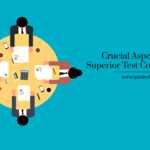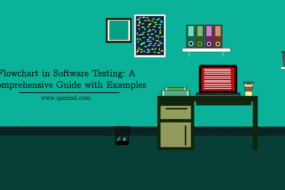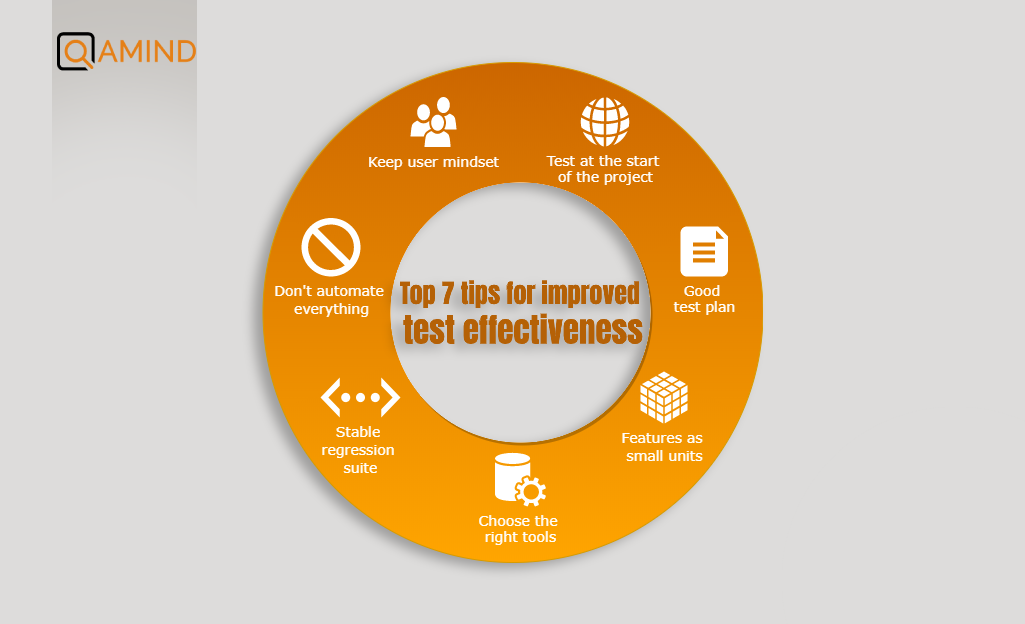
In an agile organization, quality is managed by all the team members, despite being a developer, tester, or business analyst. It is measured by inspecting the code, analyze the requirements, discussing the designs, and planning the features. This is all part of the process of achieving a good quality product. How effective is the testing part depends on the testing team and it is a vital element of the product development lifecycle. Every QA manager in the organization strives for higher test effectiveness strategy and planning. Here are my top 7 tips on how to improve the test effectiveness in your organization.
1. Software testing at the start of the project
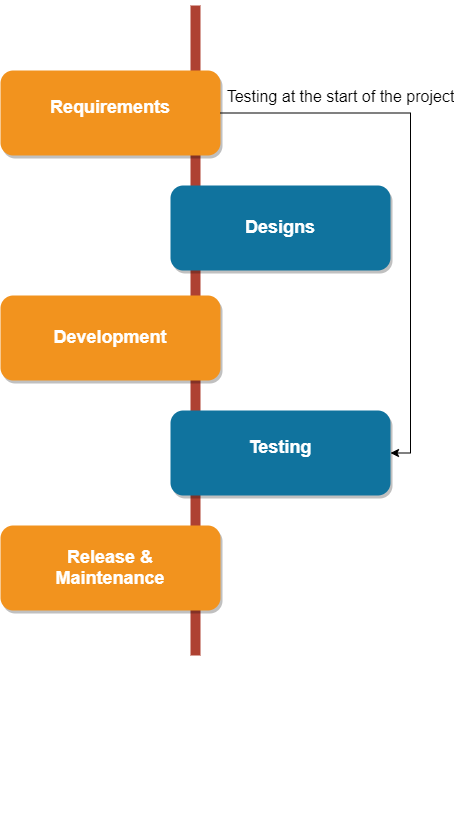
Software testing it’s often treated like it is the last phase of the product life-cycle once development is done. It shouldn’t be used that way since it can be very costly to the organization in the long run. Software testing should start at the beginning of the project, during, and after the development of the project.
Software testers need to be involved in every stage if we want to achieve the level of test effectiveness that we initially planned. Testers need to analyze the requirements first, this is the most important first step in the process since it can avoid future bugs in the project and can build confidence towards developing. Early testing environment configuration can reduce any potential delays in the project.
2. Write a good test plan
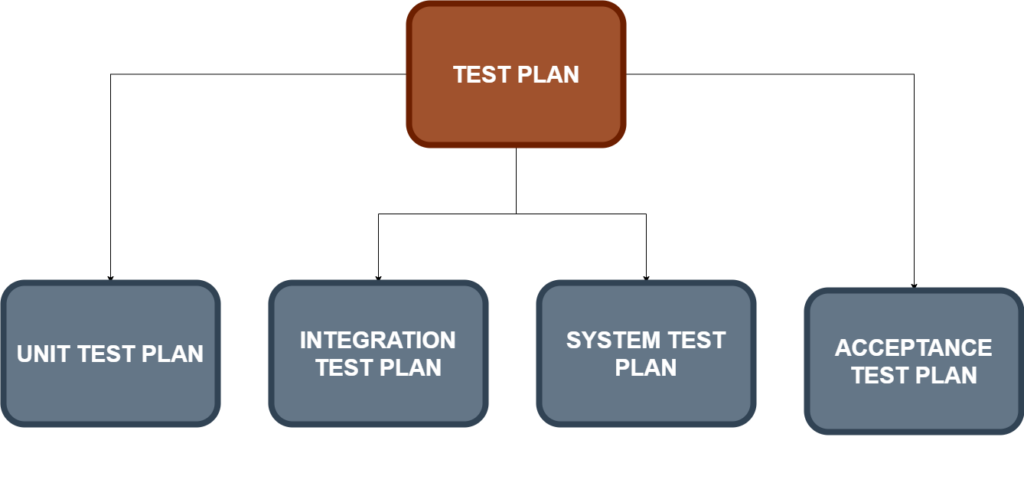
How can testing be possibly useful if we don’t have a good test plan written before? The QA manager is responsible for writing the test plan following the organization’s approaches and guidelines. It covers the most important aspects of testing like what are the test objectives, purpose, limitations, budget, the testing scope, risk assessment, environment configuration, resources, constraints, etc. All these must be set at the beginning of the project and should be followed during the STLC.
3. Divide the functionalities into small units
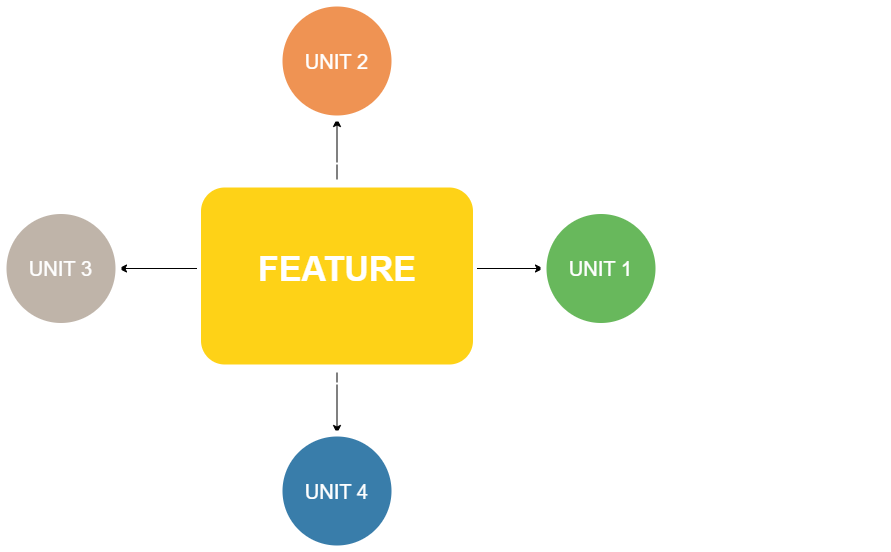
When an application is developed, the functionalities are shipped in a separate iteration assuming that we are following the agile methodology. By dividing the functionalities into separate smaller units, we can easily ensure that every unit has a 100% test coverage and every test case is grouped accordingly which can be very easy to maintain. The priority of the functionalities must take place in this step. How many smaller units can be created depends on how complex one functionality is.
4. Choose the right tools to make testing easy
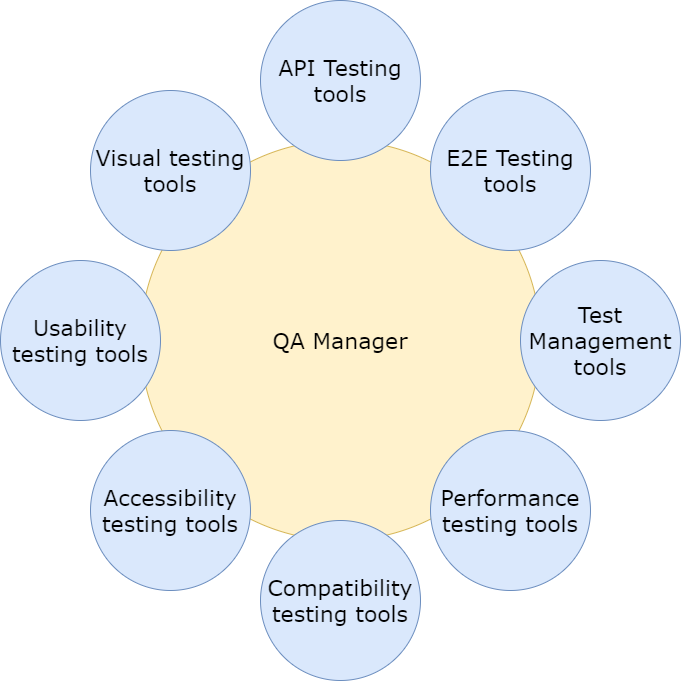
Choosing the right tools for the testing activities that comply with your organization’s approach is a very important step. QA managers together with the testing team need to agree on what tools to be used for test management, bug tracking, e2e automation, API automation, as well as non-functional testing tools that support performance, compatibility, accessibility, usability, etc. Also, the level of expertise of every test member of the team needs to be taken into consideration when choosing a tool.
Interested to learn more about how to measure the performance of your project? Check out this amazing course: Performance Testing Using JMeter By Edureka which covers broad topics about website performance and performance testing.
For some it would require less time to get to know how it works but that’s not the case for all remember in practice. Responsibility of every tool needs to be set, meaning, who is the go-to person when we want to share something or we have issues during test case writing.
5. Maintain stable automated regression suite

When we have a high automation test coverage for all functionalities implemented, that doesn’t mean that our work here is done. Yes, we reduce the time testing manually but applications are changing on a day to day basis. New designs, new functionalities, removing functionality, adding additional UI elements, and sometimes changing the logic behind a functionality.
All these reasons can disrupt our regression suite and we must maintain it. It requires an effort to constantly supporting the regression suite especially when we have changes in or application often but this is a key in order to stay in a stable test state.
6. Don’t strive to automate everything
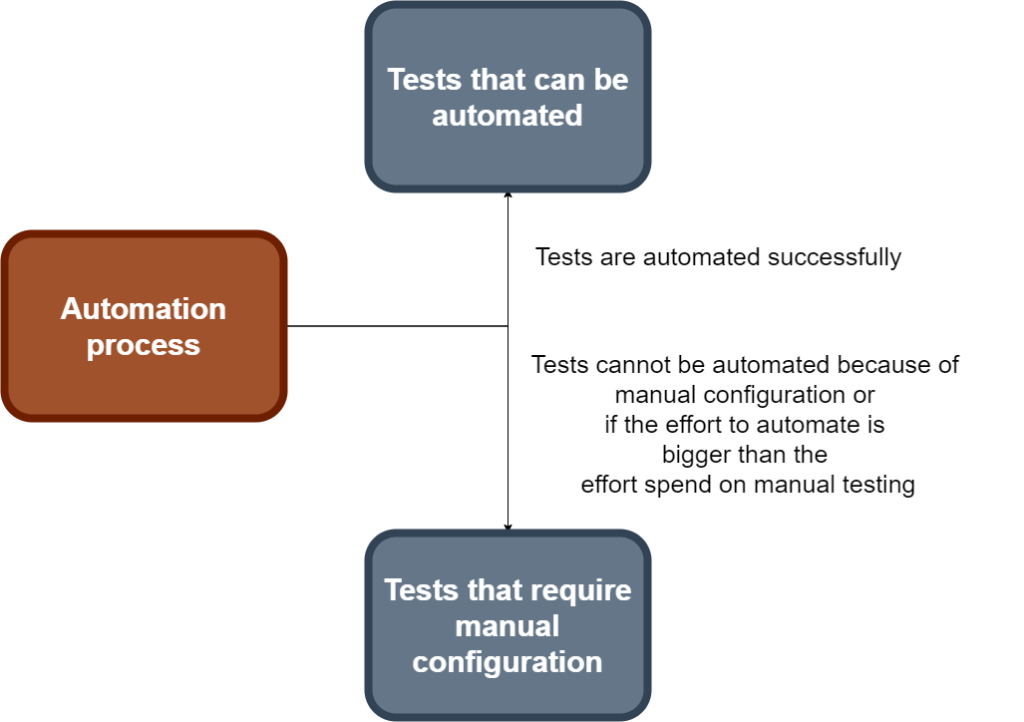
If your goal is to automate every test case from the test design procedure, then you are losing the focus on what is an important test and what is not. There are millions of combinations to test and most of them require manual effort that only a human eye can check and confirm if it is ok. Automated tests can save up time, but only for scenarios where manual effort is bigger. In situations where a qualified tester needs to intervene in order to verify something, then automated tests became obsolete.
7. Always keep a user mindset when testing

The most important thing you need to remember is to always keep a user mindset when testing the application. That being said, you need to think like a real user would, think outside of the box when testing and have confidence about the testing outcome. Only then, you will achieve improved test effectiveness.
Share this post



